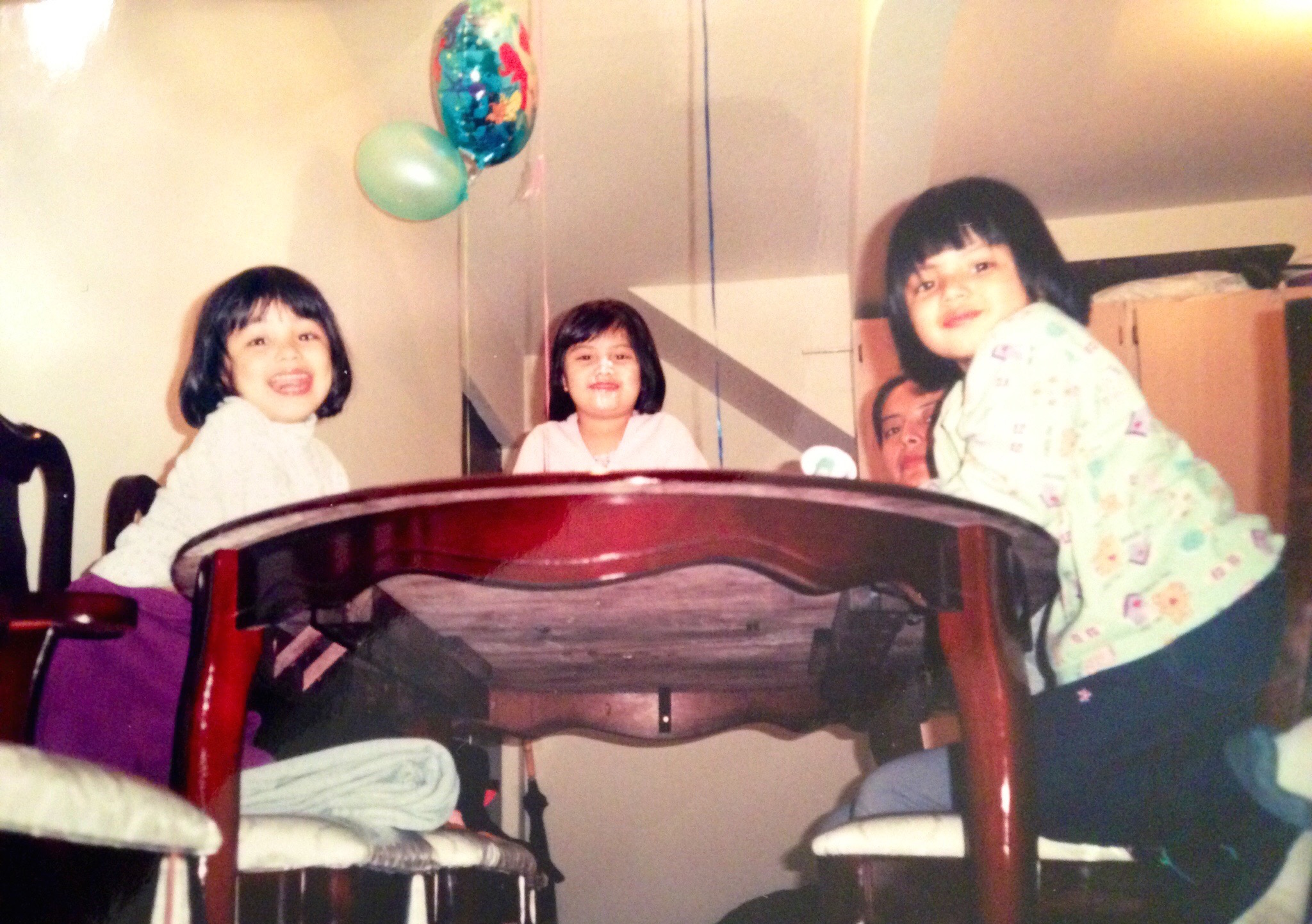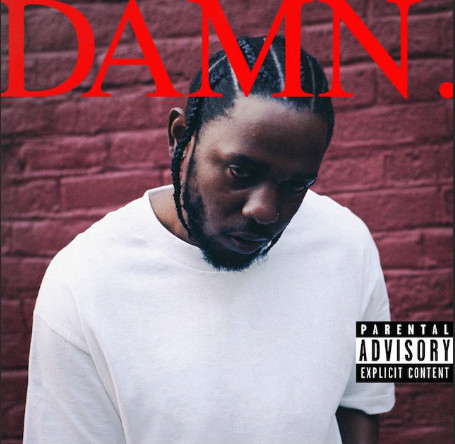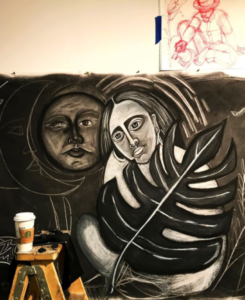When I think about this course, what I’ve gained and the ways in which I have contributed towards the community we’ve built in the shaggy room located in Welles 216, I become overwhelmed by how many kind, eager, bright classmates I’ve met—some which I now consider friends—and how much I’ve learned and developed throughout the progression of the spring semester. One of the earliest memories I seem to be finding myself heavily resonating on these days—one which I spoke about in my very first blog post—was Steve Prince’s Urban Garden Project. That first week felt like a celebration of unity and collaboration. Just as I so heartily outlined in my blog post titled What We Talk About When We Art, there was nothing not to love about participating in the Urban Garden Project led by Steve Prince. From the words I uttered in that very first blog post, we spent the week listening to snazzy tunes and having lively conversations with one another. We got our gloves and shoe covers on and then we got ready to get down and dirty with some charcoal blocks. It was the most fun I’ve ever had in an academic setting. Continue reading “Failure is My Friend”
Thank you, Ariel Alejandro.
As I was scrolling through my classmates blog posts, I stumbled upon one I found intriguing titled: For Gus (thank you for cleaning our suite sophomore year). Upon reading it, I felt inspired to write my very own “Thank you” note to my mentor, Ariel Alejandro.
W.E.B Du Bois, Double Consciousness, Double Standards
This semester, one of our required course texts was W.E.B Du Bois’ The Souls of Black Folk. In the text, we were introduced to the term “double consciousness,” although perhaps some of us were already familiar with the term. However, for those who might not be familiarized with the concept, the term “double consciousness” works as a tool to express the complexities of the black experience. It delves into the assertion that as a person of color, one will always have a multi-faceted identity due to the injustices penetrated in the United States. Du Bois’ best describes this as the following:
“The sense of always looking at one’s self through the eyes of others, of measuring one’s soul by the tape of a world that looks on in amused contempt and pity. One ever feels his two-ness, an American, a Negro; two souls, two thoughts, two unreconciled strivings; two warring ideals in one dark body, whose dogged strength alone keeps it from being torn asunder. The history of the American Negro is the history of this strife- this longing to attain self-conscious manhood, to merge his double self into a better and truer self. In this merging he wishes neither of the older selves to be lost. He does not wish to Africanize America, for America has too much to teach the world and Africa. He wouldn’t bleach his Negro blood in a flood of white Americanism, for he knows that Negro blood has a message for the world. He simply wishes to make it possible for a man to be both a Negro and an American without being cursed and spit upon by his fellows, without having the doors of opportunity closed roughly in his face (Du Bois).” Continue reading “W.E.B Du Bois, Double Consciousness, Double Standards”
Getting Our GroOove On
I must admit, Dr. Mark Broomfield’s class was probably my favorite although I will admit that my love for dance might make this declaration a bit biased. I grew up listening to Spanish music so it comes to no surprise that I love dancing bachata, cumbia, anything! You name it. Walking into our classroom that Monday afternoon, I had about zero clue as to what our afternoon would consist of. This of course, is partly my fault for not bothering to look up Dr. Mark Broomfield in the Geneseo’s faculty directory— if I would have, I would have made the fascinating discovery that he is in fact the Assistant Professor of Dance Studies and Associate Director of the Geneseo Dance Ensemble. Whoops. Continue reading “Getting Our GroOove On”
What This Class has Taught Me as An Artist and Writer
If you’ve read any of my blog posts by now, you might have already noticed my deep admiration for my Mexican heritage, my family, and my love for art. Growing up, I was surrounded by my rich, diverse culture, and have always identified myself as a visual artist. My Mama and sisters have always supported my art and continuously encourage me to continue practicing and creating, despite my decision to not follow any particular art career. As I reflect back on what I’ve learned in this course, I can see my transformation, primarily through my THINKing process as an artist. That is of course, learning how to SLOW DOWN not only in the way I think and approach art, but also in the way that I create and write about it. Just as Beth suggested early on in my writing, slowing down is part of the process. Drafting, walking away, returning, revising, setting it aside, and returning once again, are all things I had to learn and am still working on.
Continue reading “What This Class has Taught Me as An Artist and Writer”
A New Kind of Stank, My Own Kinda Stank ft. a Lil Bit of Magic
“I am a Southern black worker, committed to building stank-ass art rooted in honesty, will, and imagination.”- Kiese Laymon
I grew up in a small Brooklyn apartment, right in what felt like the center of the bright but turbulent city of New York with my two sisters, Gabriela and Elvira, and my Mama, Laura. Most days— whenever my sisters and I weren’t in school— were spent at my Grandma’s who fed us a strict diet of huevos en salsa verde, handmade tortillas, and an abundant amount of cariño, while my Mama—who had given birth to my oldest sister at the ripe age of only twenty-two— fervently folded clothes at the downstairs laundromat where she’d work from 6AM till about 9PM, six to seven days a week, to provide for my two mischievous sisters and I. From flooding our tiny upstairs apartment with water after watching The Little Mermaid to completely covering the walls with paint and markers in an effort to make the apartment look like a jungle after watching Tarzan, my Mama would still, in some mysterious way, somehow gather up the energy to wake my sisters and I up every morning, 7AM sharp.
Regardless of the clutter my sisters and I would manage to create the night before, my Mama would sit us down, comb our long, dark brown hair, fix us up with some badass braids, gel back our baby hairs and clip back any remaining strands of hair that might have slipped from her delicate yet robust hands with these ravishing, vibrant flower hair clips that would glisten when the light would catch a glimpse of the tiny rhinestone arranged right at the center of each one. And just in case you were wondering, my Mama would get the majority of our hair accessories from a local beauty supply vendor and I still reminisce over our Sunday afternoons after church mass where she’d converse and negotiate back and forth with the all too familiar lady vendor looking for a better deal. Perhaps it was my Mama’s big, stern, intense brown eyes or her kind and confident demeanor that she would proudly stride, but she would often get her way. Afterwards, she’d pack us our breakfast, which was usually a cup of the Kellogg’s Raisin Bran cereal— the kind every kid dreaded, or at least I did— and as crafty and brilliant as my Mama was and still is, she’d place the cereal drenched in milk in a small plastic bag so we could eat it as we made our way to school. She was the closest thing I ever got to magic, and up to this day, I am convinced that if magic were a person, it would be my Mama. I see it in her dark eyes, in her soft smile, in her fleshy, warm, olive hued skin, in her adamant faith, in the way she carries herself and in the way that she raised my sisters and I to love ourselves and our roots.

(Cindy Castillo left, Gabriela Castillo middle, Elvira Castillo far right)
Despite my deep admiration for my Mama, I never felt or saw her in any of the literature texts I’d be required to read in school. It was not until I discovered black southern writer, Kiese Laymon, that I finally felt as though the woman that I had so passionately admired and aspired to resonate for the majority of my life was finally being represented. I found her essence and her ability to endure and persevere adversity through Laymon’s writing. His eloquent prose and his artistic craft offered a voice to those who felt like they had never been spoken to in novels and I immediately knew that I would have to dedicate at least one of my blog posts to the artist and writer that transformed my belief that any ‘serious’ and ‘meaningful’ pieces of literature were strictly reserved for those that Laymon best describes as “the kind that sat with its legs crossed, reading the New York Times.”
Continue reading “A New Kind of Stank, My Own Kinda Stank ft. a Lil Bit of Magic”
The Hardest Part is to Start
As I meditated on what I’ve gained in this course thus far and what I could possibly write about in my blog posts, many thoughts emerged. I could begin by delving in what I consider the most significant change I’ve noticed which is the way I now interact with art, information, knowledge, technology and sustainability not only as an academic but as a human, artist and member of society. Before this course, all these things seemed more conceptual to me and although I understood its pressing inhibatance in modernity and in my own life, I had never really taken the time to speculate what this rigorous immersing of engagement between all these elements really meant for me or for the world. As a self proclaimed artist and art enthusiast, I appreciated all the open discussions in the overlapping similarity of artists, such as Francisco Goya’s The Third of May 1808 and Steve Prince’s own art and their interaction to social issues and sustainability. This class offered by the tools and environment I needed to step back in order to truly speculate on the subject and reflect on how I’d like to use what I’ve learned in this course and apply it outside of my own major and into all different areas of my life. Through the courses constructed commentary, short witty anecdotes, and insights, I was able to see how all these areas of disciplines overlap and interact. As I take a step back now and begin reflecting on what I’d like to write about not only in my blog posts but in my self reflective essay, I have come to recognize that I have more to talk about than what I had originally been led to believe, the hardest part is just starting. Continue reading “The Hardest Part is to Start”
DAMN, That’s Important.

“Hail Mary, Jesus and Joseph/ The great American flag is wrapped and dragged with explosives/ Compulsive disorder, sons and daughters/ Barricaded blocks and borders/ Look what you taught us.”- Kendrick Lamar, DAMN, XXX
Last Friday, April 19th, our class was organized into different groups, all consisting from about four to five students each. We were asked to begin brainstorming a key, interdisciplinary term that would remain the focal point—or at least be the basis—for our self reflective essay. As we began THINKing and bouncing ideas off of each other, words quickly began soaring across the room from verbs “change” and “explore,” to terms like “nonlinearity,” “folk,” “organization” and my very own: self-autonomy. The idea behind my choice of word at first glance appeared simple: reclaiming something that might be seen as inherently negative by reconstructing the detrimental and harmful connotations attached to an idea, word or event by regenerating it into something dynamic, positive, powerful, and empowering. I automatically began thinking about the Baby Dolls in our required course text, Walking Raddy: The Baby Dolls of New Orleans, and how courageous and tenacious the women were in creating a space of their own to share in their community during the Jim Crow era. A space that would not only be their own, but an area in which they could unite through art, creativity, motion, self-individuality and self-expression. Building and embedding the word into my self-reflective essay however, was another story but at least the idea and thought was there, and that for me, was enough for now.
What Frida Kahlo and Steve Prince have in Common
Frida Kahlo has always been a major source of inspiration for me growing up. I admired her ability to articulate and express both her femininity and masculinity, as well as her approach in constructing and conveying fluid sexuality. Her work is bold, innovative and raw. She not only produced numerous self-portraits, but she was able to engage in gender politics in a way that not only represented her love towards her Mexican heritage, but in a way that celebrated womanhood and individuality. Even though she is often categorized as a Surrealist, she never resonated with that assertion and believed that her work was simply a mirage of her life and story.
Continue reading “What Frida Kahlo and Steve Prince have in Common”
What We Talk About When We Art
“My job is to notice…and to notice that you can notice.”–Dionne Brand
To be quite frank, I felt an immediate sense of excitement when I learned that Geneseo would be offering INTD288, a course exploring Steve Prince’s art. Maybe the exhilaration I felt about taking this course was that it was [FINALLY] something that called out to me. Seeing the catalog and description for this course instantly struck me. Glimpsing at Prince’s work attached to the informational flyer about the course left me feeling completely and utterly enthralled. Perhaps this great sense of enticement was rooted in the mere fact that Prince’s work is very vocal; it’s demands to be seen, listened, and heard. I wanted to know more about the artist behind the piece. With its bold, expressive linear figures and its sense of movement throughout the work, it is pretty much impossible (if not very hard) to not be compelled in learning more about the person behind the work. Almost instinctively, I knew I had to be a part of this experience and even more so, I knew that this was an opportunity to be involved in something I believed to be important and in something that actually interested me–ART. It was refreshing to say the least.
The first week I experienced for this course was incredible! From listening to some snazzy tunes and having lively conversations with one another, to getting down and dirty with some charcoal blocks, what was there not to love?Getting to learn about Prince and carrying out a conversation with him was practically brain food. It nourished my mind, not only by allowing me to self reflect, but by allowing me to learn the way in which art can be used as a tool in learning how to reconnect with one another. The experience gained from contributing to the Urban Garden truly placed this into perspective. During one of my conversations with Prince, he told me that what he values the most about his work is the process in which it takes to create something. Creating something out of nothing is an extraordinary feeling and it is this process that opens up a space for conversation between one another. Having worked along side with Prince and everyone else who contributed to the Urban Garden project, I can easily say I agree.

(the piece I created for the Urban Garden)
